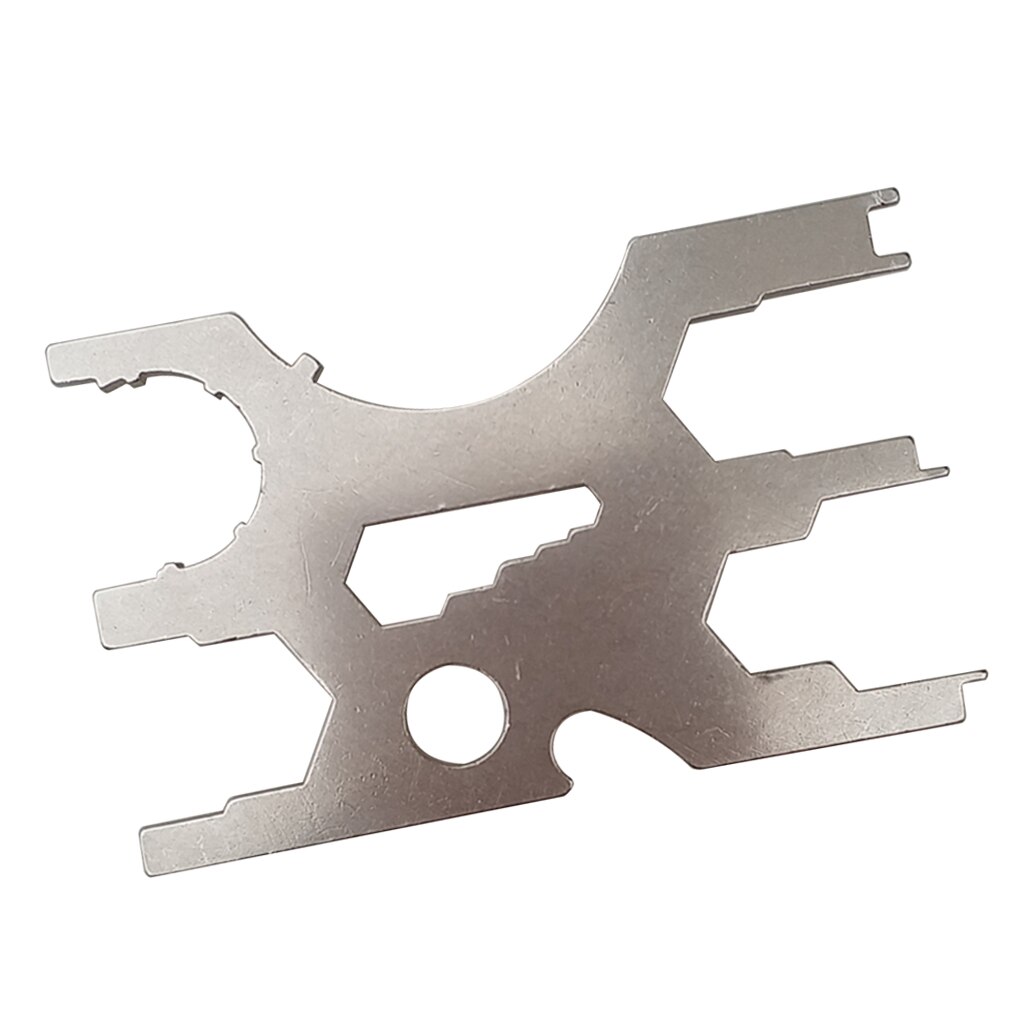
Scuba tanks are an essential part of every scuba diver’s kit. While they contain no air, they do contain a large volume of free gas, which is generally greater than the amount of water they can hold. The tank size will vary depending on what type of diving you do. You'll need to select the right tank based upon the water type you intend to use. Below is a list of the most common scuba tanks, along with their sizes.
scuba tanks contain no air
Standard aluminum 80 cylinders can hold 77 cubic feet of air. Trimix, a type of dive gas, has a ten to twenty-percent lower capacity than air. A higher maximum operating pressure doesn’t necessarily mean that there is more air. Although manufacturers often exaggerate their tanks' capacity. You should therefore compare the capacity of each cylindrical against the actual volume.

They contain a volume of free gas greater than their water capacity
Technical divers use mixed gases differently to recreational divers. Their true air and Trimix capacities, however, are lower than their actual water capacities. Helium, for instance, is much more compressible that air. Therefore, their true air capacity and Trimix capacity are less than their water capacities. Double HP117 cylinders contain a true air volume of 235 ft3 while Heliair 10/50 has a true air capacity of 216 ft3. Use the Z Factors (SCUBA tables) to determine the correct mixed gasoline capacity.
They are made from aluminum or steel
When choosing between a steel and an aluminum scuba tank, consider which is more suitable for a divers' needs. Steel tanks are stronger and can withstand deep dives. However, this durability comes with a price. Aluminum tanks can experience structural fractures faster and can pose a danger. A steel tank is more expensive than an aluminum tank. But aluminum tanks are now the industry standard.
You can get them in many sizes.
Scuba tanks can be made from two materials: aluminum or steel. Steel tanks are lighter and more durable, but tend to weigh more. An aluminum tank is better if you are planning to do a lot more diving and bring a weight belt. However, aluminum tanks are not as lightweight as steel tanks, so you should be aware of your weight requirements before purchasing one. Steel tanks are ideal for drysuit diving or local scuba diving.

They should be inspected frequently
There are several ways to check your scuba tank. Hydrostatic testing is typically done by stamping into the tank's neck. An inspection visually can help you detect corrosion or contamination. Tumbling is another method to inspect the tank's condition. To remove dirt, debris and other contaminants, you can tumble the tank by filling it with media. If the tank's sound is unusual, it might be an indication that it needs to get cleaned.